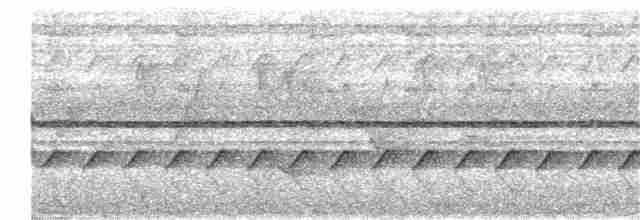Rufous Paradise-Flycatcher Terpsiphone cinnamomea Scientific name definitions
- Names (19)
- Subspecies (3)
Pamela C. Rasmussen, Kees Moeliker, Josep del Hoyo, David Christie, and Nigel Collar
Version: 2.0 — Published May 20, 2022
Revision Notes
Version: 2.0 — Published May 20, 2022
Revision Notes
Sign in to see your badges
Species names in all available languages
| Language | Common name |
|---|---|
| Catalan | monarca del paradís canyella |
| Dutch | Rosse Paradijsmonarch |
| English | Rufous Paradise-Flycatcher |
| English (Kenya) | Rufous Paradise Flycatcher |
| English (United States) | Rufous Paradise-Flycatcher |
| French | Tchitrec roux |
| French (France) | Tchitrec roux |
| German | Zimtparadiesschnäpper |
| Indonesian | Seriwang filipina |
| Japanese | アカサンコウチョウ |
| Norwegian | kanelparadismonark |
| Polish | muchodławka cynamonowa |
| Russian | Рыжая райская мухоловка |
| Slovak | vípkar škoricový |
| Spanish | Monarca Colilargo Canela |
| Spanish (Spain) | Monarca colilargo canela |
| Swedish | filippinsk paradismonark |
| Turkish | Tarçın Rengi Monark |
| Ukrainian | Монарх-довгохвіст рудий |
Revision Notes
Pamela C. Rasmussen revised and standardized the account's content with Clements taxonomy. Philipp N. Maleko curated the media and copyedited the account.
Terpsiphone cinnamomea (Sharpe, 1877)
PROTONYM:
Zeocephus cinnamomeus
Sharpe, 1877. Transactions of the Linnean Society of London (2), 1, p.328 pl.48 fig.1.
TYPE LOCALITY:
Isabela de Basilan, Philippines.
SOURCE:
Avibase, 2023
Definitions
- TERPSIPHONE
- cinnamomea
The Key to Scientific Names
Legend Overview
UPPERCASE: current genus
Uppercase first letter: generic synonym
● and ● See: generic homonyms
lowercase: species and subspecies
●: early names, variants, misspellings
‡: extinct
†: type species
Gr.: ancient Greek
L.: Latin
<: derived from
syn: synonym of
/: separates historical and modern geographic names
ex: based on
TL: type locality
OD: original diagnosis (genus) or original description (species)
Account navigation Account navigation

- Year-round
- Migration
- Breeding
- Non-Breeding
Distribution of the Rufous Paradise-Flycatcher








